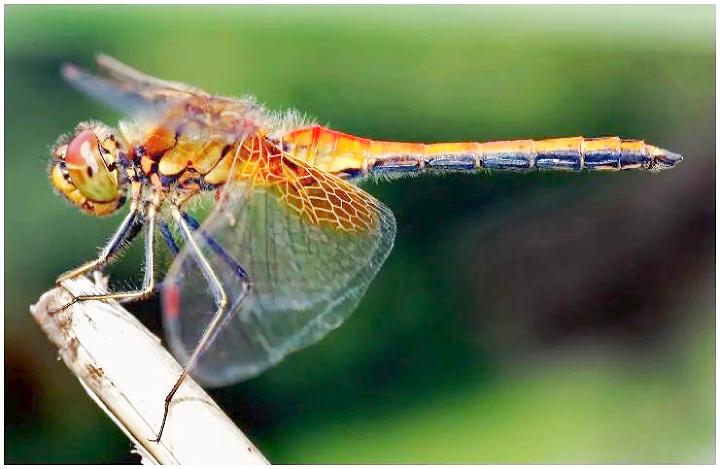|
Coushatta
Tribe And Vivera Pharmaceuticals Join Forces In Fight Against COVID-19
Vivera Pharmaceuticals, Inc., a California
based pharmaceutical company, and the Coushatta Tribe of Louisiana today
announce a new relationship in the fight against COVID-19.
Anticipating a substantial increase in United States cases of COVID-19,
the two are working together to gain FDA emergency approval for the
Vivera Pharmaceuticals powered by Pharmact AG CoV-2 Rapid Test, a novel
rapid testing kit manufactured by Pharmact AG, a leading German manufacturer
of rapid diagnostic testing kits.
|
|
Ladder
to the Sky
Long ago, in the old,
forgotten time, Gitchi Manitou, the Great Spirit, created only strong,
healthy people. In those days, all the men were tall and brave. They could
run like the storm wind. In their games, they were clever and swift, And
knew all the secrets of the four-legged ones - the forest animals Who
were their brothers. The women in those times sang as they worked. Their
clear voices filled the forest with melodies, and they walked with light
step and straight back, Even when they were very old. They copied the
fragrant flowers that grew like colored stars among the grasses. They
wove flower shapes into bright bands to bind their long, black hair. With
nimble fingers, the women wove the rushes and reeds into sweet smelling
mats to cover the floors of their wigwams. They gathered milkweed down
to make soft beds for their babies. From birch bark they could make a
strong container, a mukkuk, to fill with all the plenty of woodland and
stream. Nobody was ever sick in those days. Nobody died.
|






